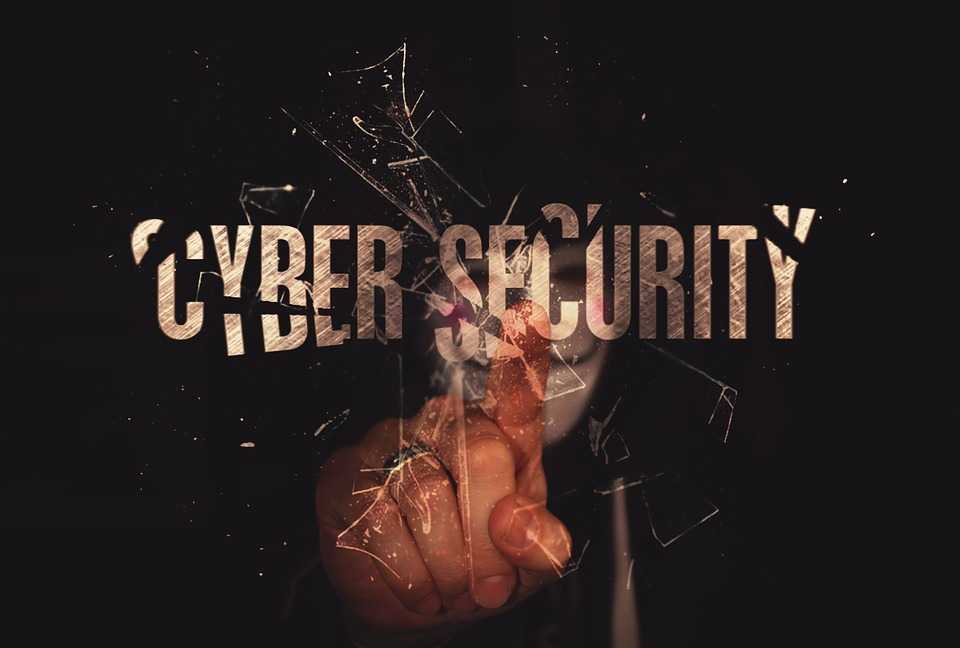
Cyber Security
Cyber security is the term used to describe the protection of computer systems, programs, and data from unintended or unauthorized access, use, disclosure, disruption, modification, or destruction.
The term “cyber security” was first used in the late 1990s. It is often referred to as cybersecurity. Cybersecurity has become a highly technical and political issue since it has grown into an international problem that affects many aspects of society.
Cybersecurity can be classified into four categories:
Network security
The protection of networked devices such as computers and smartphones from unauthorized access (hacking) and ensuring they function correctly (malware).
Software security
The prevention of intentional or unintentional errors in software that can lead to damage of data or system resources.
Data security
The protection of digital data from unauthorized access or tampering.
Hardware security
The protection of computer hardware from physical attacks such as the use of unauthorized devices.
Each aspect plays a role in ensuring that cybersecurity for businesses and personal use is kept to a high level. Products are now being made, such as WatchGuard Online, to help protect people and their possessions from hackers, malware, and data loss.
How to stay up to date
Keeping your cybersecurity up to date is a difficult but important task. Due to all of the new technology that is coming out every day, there are also new ways to become hacked.
Update Software:
Always ensure that your system is updated. The most recent version of a software update is always the best one to use as it has improved security code.
The updates usually come through the Microsoft Update or by going to the manufacturer’s website and downloading a file directly onto your computer. You should also be aware that sometimes when you download an update, there is a chance that it will not include the security fixes, so you may have to take other steps to ensure your personal computer is up to date and secure at all times.
Keep your internet connection up to date:
Your computer may be connected to the internet at all times. The standard way of keeping this connection up is through a proxy service. A proxy service is a form of software that keeps your traffic in encrypted form and route it through an extra server so that it is harder for other users to view your data.
Some proxy services also offer additional security features such as ad-blocking, malware protection, and data compression. It is important to choose a reputable proxy service that has a good track record of privacy and security, as some services may actually compromise your data instead of protecting it. Finally, it is recommended to use HTTPS connections when browsing the internet, as it provides an additional layer of encryption for your data.
Use a VPN
Also, consider getting a Virtual Private Network (VPN). VPNs encrypt your data and route it through another server so that others can not see the information. This is usually used to protect users from hackers. However, with that said, you should always check with the VPN provider to ensure they do not keep logs of your use on the internet. If they do, then you may be at risk because they could provide this information to someone else who would then be able to hack into your computer or your network.
Staying up to date with software and hardware updates will reduce the chance that you or your company will fall victim to a cyber attack.





